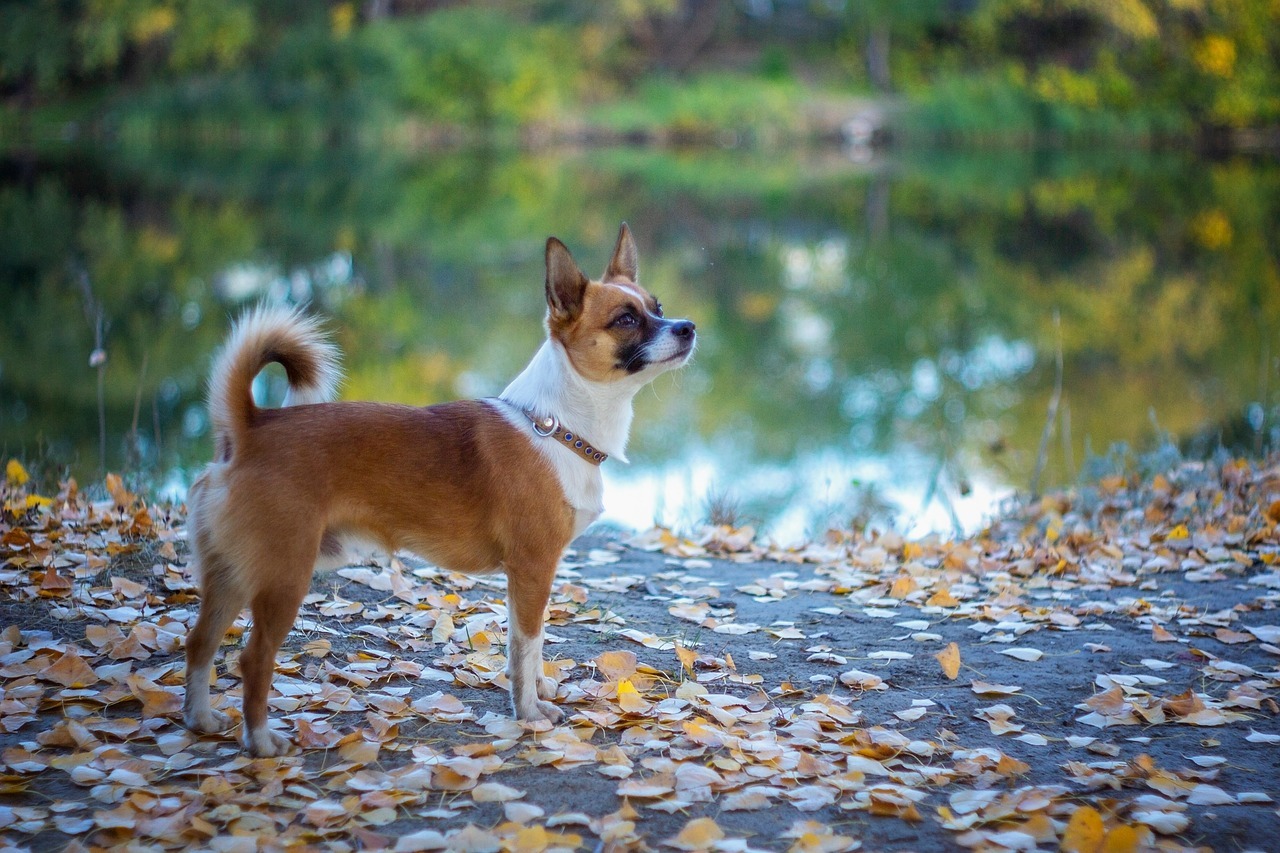The Norwegian Lundehund, a dog breed known for its distinctive characteristics and uncommon attributes, has captured the fascination of dog enthusiasts and scientists alike. With its remarkable flexibility, historical role, and genetic adaptations, the Lundehund stands as a testament to the diversity and resilience of canine evolution.
Historical Background: Puffin Hunter’s Companion
Originating in the remote islands of Norway, the Lundehund was historically bred for a specific purpose – to assist in hunting puffins, seabirds that nest in treacherous cliffs. This breed’s unique characteristics made it a valuable partner in this challenging endeavor.
Physical Adaptations: Extraordinary Flexibility
One of the most distinctive features of the Lundehund is its remarkable flexibility. This breed possesses several adaptations that allow it to navigate the rugged coastal landscapes and tight spaces associated with puffin nesting areas. Key adaptations include:
- Six Toes: The Lundehund typically has six fully functional toes on each foot. This additional digit and the flexibility of the foot’s joints enable the dog to grip uneven surfaces and climb with greater ease.
- Elastic Neck: The breed can bend its head backward to touch its spine, a trait that assists in squirming out of tight spots or gripping onto prey.
- Shoulder Flexibility: The Lundehund’s shoulders are highly flexible, allowing the front legs to stretch outward and upward, facilitating efficient climbing on rocky terrain.
- Small Stature: The breed’s relatively small size allows it to squeeze through narrow crevices and navigate confined spaces.
Genetic Peculiarities: A Product of Isolation
The Lundehund’s isolated island habitat contributed to its unique genetic makeup. Isolation led to inbreeding, which, in turn, led to the development of some genetic anomalies. Unfortunately, these same anomalies can also make the breed prone to certain health issues, such as digestive problems and autoimmune conditions.
Contemporary Role: Companion and Curiosity
While the historical role of puffin hunting has diminished, the Lundehund has found a new purpose as a companion dog. Its playful and energetic nature, combined with its distinct physical traits, make it an intriguing choice for those seeking a unique and active canine companion.
Preservation Efforts: Balancing Rarity and Health
Due to its rarity and unique traits, the Lundehund has garnered attention from breed enthusiasts and conservationists alike. Efforts are underway to preserve the breed’s genetic diversity while addressing its health challenges through responsible breeding practices.
In conclusion, the Norwegian Lundehund stands as a living testament to the ways in which dogs adapt to specific environments and tasks. Its remarkable flexibility and historical role as a puffin hunter make it a captivating breed with a storied past. While facing challenges related to its genetic anomalies, Lundehund’s story continues as it finds its place in the modern world as a beloved companion and a reminder of the intricacies of canine evolution.

Leave a Reply